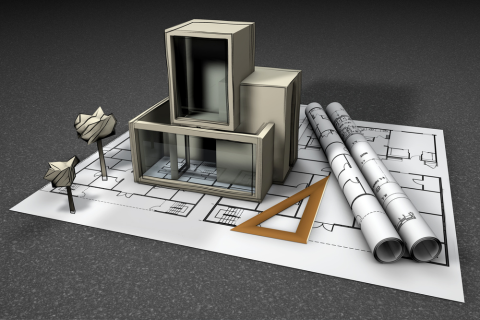Modeling & BIM
Home > Modeling & BIM
Unlocking the Power of Building Information Modeling (BIM) and Advanced Modeling Techniques with MDCSystems®
Architects and engineers utilize modeling of complex systems to predict the behavior of systems and components over time. MDCSystems® is experienced in the use of all types of architectural and engineering models including 3-D CADD, 4-D CADD, estimating and cost models, energy consumption models, WUFI® and ASHRAE wall section analysis, financial models and animations of system operations to develop and explain the inter-relationships of components and systems. As such, our building information modeling (BIM) services are the most comprehensive in the industry. MDCSystems® also uses critical path method schedules as models to understand and predict the impacts of unplanned events on the outcome of construction projects.
Addressing Moisture Challenges in Modern Building Designs with MDCSystems®
MDCSystems® has utilized both traditional and advanced analysis techniques to investigate, analyze and correct moisture penetration problems in the following situations:
Pharmaceutical Plant – Humidity Control Problems
Airport Terminal – HVAC & Moisture Analysis
Food Processing Plant – Humidity Control Problems
Hospital – Wall Failures
Electronic Manufacturing Facility Moisture & Humidity Issues
Commercial Structure – Roof Thermal and Moisture Analysis
Townhouses – Window Defects & Moisture Penetration
Carriage Homes – Stucco Failures
Fire & Explosion Incidents
Single Family Homes – EIFS Failures
Pennsylvania Stone Farm House – Moisture Penetration
Seafront Condominiums – Window and Door Leaks, Moisture Penetration
WUFI® Simulation: Realistic Boundary Conditions for Building Envelope Analysis
WUFI® analysis uses actual hourly weather data, building orientation and solar data to create boundary conditions that are realistic of the actual exposure conditions. A WUFI® simulation considers the simultaneous effects of both heat and moisture on the building envelope. Rain and solar radiation are considered on exterior surfaces. Individual hygrothermal properties of each material in the building system are accounted for in each layer of the building section, including properties such as thermal conductivity that vary according to the humidity level in some materials. The resulting data are then displayed in graphical form and provide a time related history of the seasonal variations of the conditions within the building envelope system. WUFI® results have been validated by actual laboratory tests and outdoor weathering tests.


